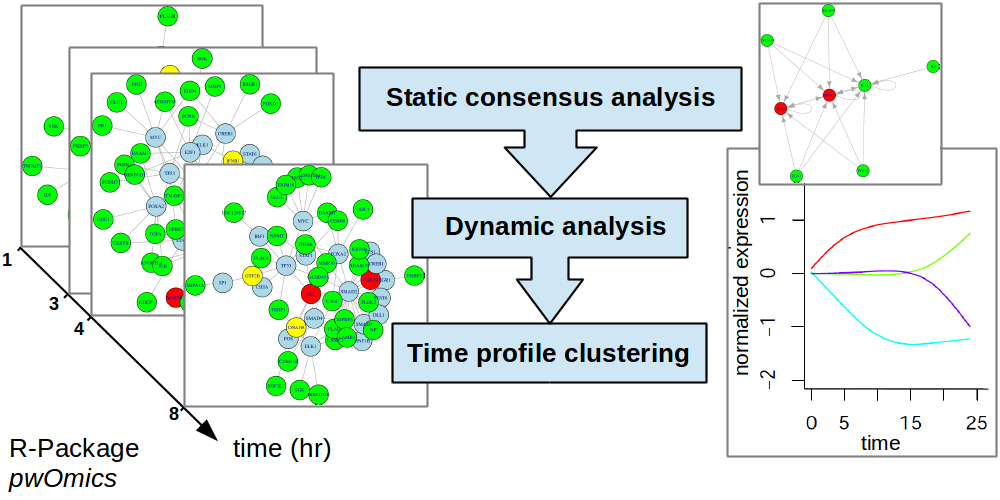SP 4
Pathway-activation profiling of clinical samples for biomarker discovery
This work-package builds upon bioinformatic tools that we have developed during the BMBF funded project BreastSys (platform MedSys), e.g. “RPPAnalyzer” and “R2LC”, as well as on clinical materials contributed by our collaboration partners. Samples derived from HER2 positive breast tumors, breast cancer metastases, and breast cancer cell lysates will be analyzed by RPPA exploiting our full panel of RPPA-validated antibodies. A highly comprehensive data set exists already for ER positive breast tumors, generated during BreastSys. Using RPPA we will determine the abundance and activation states of cancer-relevant signaling proteins whereby pathway activation profiling will be tailored towards detecting proteins involved in EGFR/ERBB signaling. Results will be analyzed in the context of patient outcome to reveal a possible prognostic role of ERBB1-4 expression levels and activation states in the context of therapy response, cancer progression, and target organ colonization, in case of metastatic disease.
A further aspect of the analysis will be comparing predictions made by R2LC with scores of other tools. Identified biomarkers will be further evaluated by IHC using TMAs. In this work package we will perform the tasks of central data management for the project as well as statistical data analysis.
We will also extend our literature-based pathway models for the identification of relevant molecular networks in clinical samples. Therefore, we will use and extend our Software “RBiopaxParser” to integrate public data from Biopax or SBML models.

The main task will be on integrating predicted mechanisms from WP3 and information obtained from the analysis of clinical tissues in this work package to identify stratification rules and biomarkers for breast cancer with respect to a suitable combinatorial therapy. An important step for the translation into clinically relevant settings will be to identify patients that are at a high risk with standard therapy and where a targeted therapy could potentially benefit in the HER2-low case.



